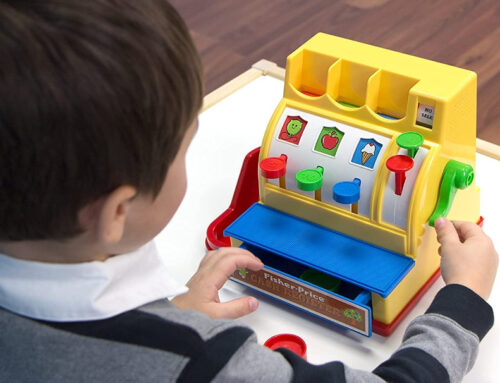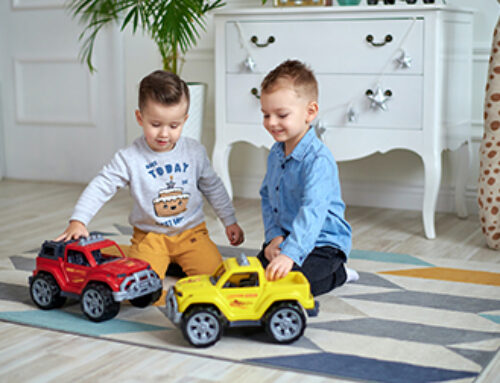Transitions are a constant in everyone’s lives. Some transitions are exciting and wonderful while others can be stressful or confusing. Some transitions are major life changes while other transitions happen throughout the day, like putting away toys to get ready for a meal. When we are very little we transition from being carried everywhere to crawling and exploring the big world. As we get older, we have to transition to new teachers or we move to a new home. As adults, we transition when we go to college, form new romantic relationships, or start a new job. Depending on how resilient we are, how supportive our family and friends are, and how positive the change is, can impact how we react to them. Some transitions, like choosing a major in college, we choose for ourselves. However, most transitions are made for children — beyond their control — and may cause them to behave in challenging ways.
For daily transitions, such as getting ready for school or going to bed, most children benefit from having daily routines. These routines help children to feel that they can predict what will happen and are more likely to maintain their emotional regulation. Using a visual schedule that shows each step of the routine can be very helpful, as it breaks down the routine and gives children clear expectations. Having a preview and countdown between activities can also help. For example, “You’re finishing your Lego house. Next, we get to have your favorite soup for lunch! In two minutes we are going to wash our hands and get ready for lunch.” Using a timer or giving a 10-second countdown to the transition can also be helpful. Other children respond well to songs that help them prepare for the next activity. Noticing and praising children’s abilities to help clean up, get ready for the next activity, or otherwise transition reinforces your expectations while also helping your child to internalize their sense that they can make these transitions well.

Bigger life changes can be made less stressful for our children by supporting their resilience, helping them view themselves positively during times of change, and giving them opportunities to communicate their feelings about these changes. In addition, when your child is facing transitions beyond their control, it helps them to have other aspects of their life that they can control. They may not be able to control having a new schedule or morning routine, but can they choose what cereal they have for breakfast, what (weather appropriate) clothing they wear, or what music they listen to on the car ride? Making their transition as predictable as possible is also helpful in giving children a sense of control and an ability to anticipate what will come next. Using a visual schedule for a new routine or a calendar to count down to a big moment, such as a big move, can also help children feel prepared. If your child is easily anxious, you may want to limit how long the calendar is if they become more nervous or worried when they anticipate a change. During a major life transition such as a new baby in the family or moving to a new home, having an important role for your child will also give them a positive identity and sense of being part of this change. Talking about what they can teach the baby, how they can be a helpful older sibling, or where they want to put their furniture in their new bedroom helps them feel special and needed.
Similarly, offering children opportunities to share their thoughts and feelings on these changes can help make the transition easier. When it is a calm moment, ask what they are thinking about these changes. For children who prefer to use visuals to communicate, ask them to draw pictures of how they are feeling. Or look at pictures of different emotional expressions and ask your child to show you which one looks like how they feel. Reading a story of a child in a similar situation can also help children develop their emotional vocabularies to think about their own feelings.
Helping children handle transitions and life changes are so important for their development. Teaching them that they can handle change and that they are valuable during these transitions helps them learn confidence, resilience, and internal strength. Learning to manage transitions also helps children throughout their lives as they can better manage stress, become more flexible in their thinking, and develop skills to handle new situations.
MORE RESOURCES
TO REVIEW

Blue Bird Day fosters socialization, sensory regulation, and pre-academic learning in children ages 2-7 years in therapeutic rotations that simulate preschool and kindergarten settings. Our compassionate therapists practice a relationship-based and family-centered approach, provide parent training, and collaborate on goals and individualized intensive treatment plans for your child.
We believe in a collaborative and multi-disciplinary team approach to therapy. A team of occupational therapists, speech-language pathologists, dietitians, developmental therapists, behavioral therapists, physical therapists, and therapeutic assistants are created for each child to ensure child and family are fully supported and the best possible results are achieved.
Options for individualized, group and virtual therapy sessions are available as well.
Want to learn more or you have a specific question? Feel free to connect with us here!



